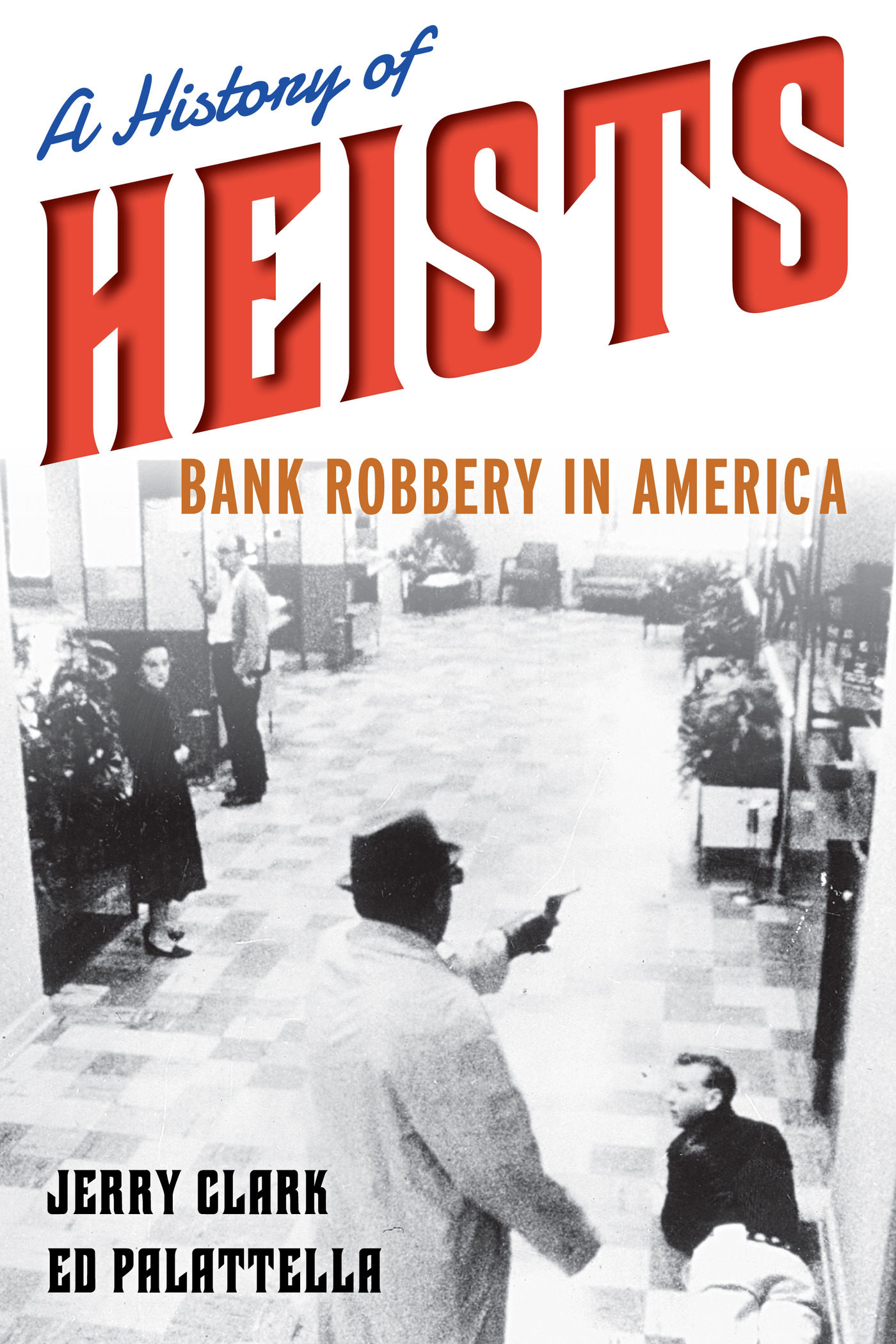A History of Heists
A History of Heists
Bank Robbery in America
Jerry Clark and Ed Palattella
ROWMAN & LITTLEFIELD
Lanham Boulder New York London
Published by Rowman & Littlefield
A wholly owned subsidiary of The Rowman & Littlefield Publishing Group, Inc.
4501 Forbes Boulevard, Suite 200, Lanham, Maryland 20706
www.rowman.com
Unit A, Whitacre Mews, 26-34 Stannary Street, London SE11 4AB
Copyright 2015 by Rowman & Littlefield
All rights reserved. No part of this book may be reproduced in any form or by any electronic or mechanical means, including information storage and retrieval systems, without written permission from the publisher, except by a reviewer who may quote passages in a review.
British Library Cataloguing in Publication Information Available
Library of Congress Cataloging-in-Publication Data
Clark, Jerry (Gerald C.)
A history of heists : bank robbery in America / Jerry Clark and Ed Palattella.
pages cm
Includes bibliographical references and index.
ISBN 978-1-4422-3545-8 (cloth : alk. paper) ISBN 978-1-4422-3546-5 (electronic)
1. Bank robberiesUnited StatesHistory. I. Palattella, Ed. II. Title.
HV6658.C53 2015
364.15'520973dc23
2014048711
 TM The paper used in this publication meets the minimum requirements of American National Standard for Information Sciences Permanence of Paper for Printed Library Materials, ANSI/NISO Z39.48-1992.
TM The paper used in this publication meets the minimum requirements of American National Standard for Information Sciences Permanence of Paper for Printed Library Materials, ANSI/NISO Z39.48-1992.
Printed in the United States of America
To our parents:
Jerry Sr. and Sandra Clark
Ed Sr. and Patricia Palattella
We called him outlaw, and he was; but fate made him so.
John Newman Edwards, newspaper editor,
on the death of Jesse James
The successful bank robber is a king among thieves.
George W. Walling, superintendent of the New York
City Police Department, 18741885
Acknowledgments
Bank robbery is as varied as a subject as any in American history, and the authors are grateful to many people for their research assistance. Two stand out: Bob Sparks, of the Nash Library at Gannon University in Erie, Pennsylvania; and John Fox, PhD, historian for the FBI, in Washington, D.C. The views expressed in this book, however, are the authors alone, and do not necessarily reflect those of the FBI. Kathryn Knigge, at Rowman & Littlefield, was enthusiastic about this project from the start. We are grateful for her confidence. Our literary agent, John Talbot, provided guidance as well.
Jerry Clark: I consider myself extremely fortunate to have met and been associated with so many fine individuals in my twenty-seven years in law enforcement. I am deeply grateful to the many criminal justice officials, agents, and officers who taught me the professional skills and personal values I have used throughout my career and my life. Thanks also to my wife, Danielle, and children, Michael and Isabelle, for their patience and enduring support.
Ed Palattella: Crime coverage is a staple for the media in America, and I am fortunate to work for a news organization, the Erie Times-News and GoErie.com, that values context and insight in the reporting of crime and its effects on the community. Two top editors, Pat Howard and Doug Oathout, have been particularly supportive. Thanks to my wife, Chris, and children, Henry and Nina, for their patience, understanding, and encouragement.
Introduction
In the first week of October 1892, a historic bank robbery occurred in Coffeyville, Kansas. On October 5, most of the members of the Dalton Gang, the most feared group of bank robbers since Jesse and Frank James, were gunned down during a botched holdup of two banks at the same time. The Daltons had terrorized banks throughout Kansas and what today is Oklahoma, and the gangs decimation brought about national relief and national headlines.
Also in the first week of October 1892, a bank robbery shocked Erie, Pennsylvania, the hometown of the authors of this book. On October 3, four well-dressed young men walked into the lobby of the Keystone National Bank around half past twelve in the afternoon and tried to hold it up. One robber shot an assistant cashier in the cheek. The Erie Daily Times called the incident a highly sensational attempt at bank robbing today that bristles with all the details wanting in the most lurid story that ever influenced the minds of impressionable youth.
For Erie residents, the attempted heist of their downtown bank was no less important than the Daltons failed raid in Coffeyville, though the events in Kansas would be (and deservedly so) much more famous across the United States. Every bank robbery or attempted bank robbery affects the community where it takes place, but some heists are more notable for any number of reasons: the robbers involved, the historical context, whether the heist was an isolated incident or part of a wider trend. Banks are robbed every day in the United States, and bank robbery has been a fairly regular crime in America since shortly after the Revolution. But not all bank robberies are equally momentous.
In writing this history of bank robbery in the United States, the authors had to be selective. This book is not meant to be an encyclopedic volume, a work that details every bank robbery that has occurred in America since 1776. Instead, it examines bank robbery as a serious crime that has developed and changed as America has developed and changed. Bank robbery is not a crime unique to the United States, but it is a crime that, perhaps more than any other, has helped influence and define the nation, particularly how Americans have viewed crime over the centuries. The most famous bank robbers in the history of the United StatesJesse James, Butch Cassidy and the Sundance Kid, John Dillinger, Willie Suttonare also distinct characters in our national drama. They are crooks who continue to captivate American imaginations into the twenty-first century, and who also reflected their times. As Jesse James helped define postCivil War America, so Butch Cassidy and the Sundance Kid influenced the nations views of the West, and John Dillinger and his gangster contemporaries became identified with the Great Depression. Many bank robbers went on to be portrayed in well-regarded movies, such as Bonnie and Clyde and Dog Day Afternoon, reinforcing bank robberys hold on American thought.
Thieves are not the only characters in this book, though they are among the most colorful. Also introduced are the authorities who tried to stop the bank robbers, including governors, soldiers, U.S. marshals, presidents, and one official who, at the height of his control, was more powerful than any of them: J. Edgar Hoover, the director of the Federal Bureau of Investigation, an agency Hoover fashioned to be, more than anything else, the nemesis of bank robbers nationwide. As bank robbers became more skilled, so did the banks methods of security, and so, too, the police and the federal agents. This book explores those relationships as well.
Like so many aspects of American society today, bank robbery has undergone a shift connected to the advance of the digital age and the Internet. The number of bank robberies has declined as the number of online financial frauds has increased. Why rob a bank, and risk getting captured or killed, when you can steal just as much money by duping someone while working anonymously on a computer? Yet bank robberies still occur, and they continue to draw attention and fascination. No single crime is more synonymous with crime in the United States than bank robbery, whether it ends in a bloody shootout in Coffeyville, Kansas, or with police finding four young thieves after chasing them through the streets of Erie, Pennsylvania. No matter where in America they have struck, bank robbers often have been unforgettable. Their heistssome strange, some sad, many of them violentare intertwined with the larger story of the United States.
Next page


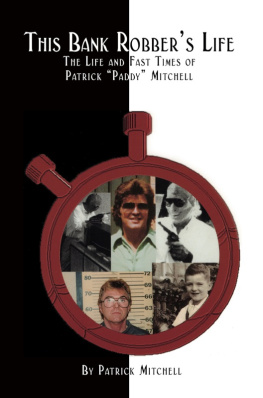
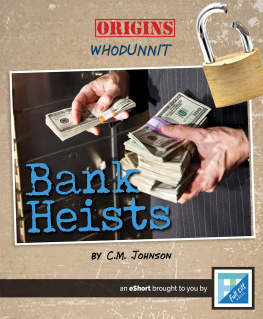
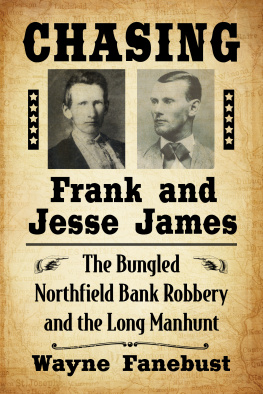
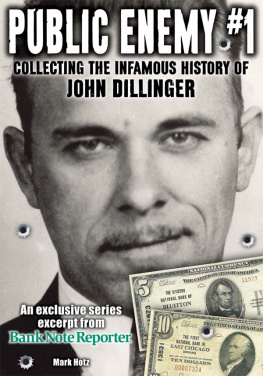
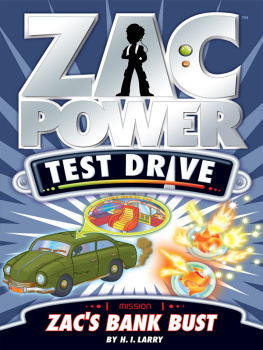
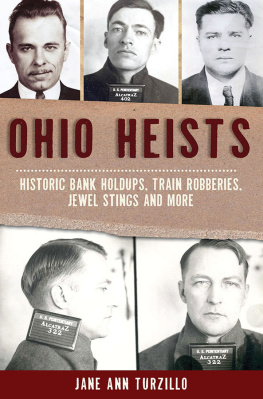
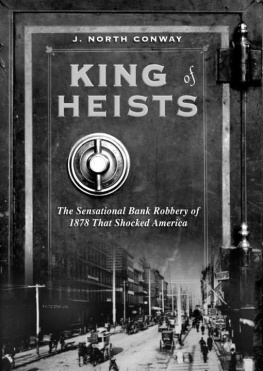
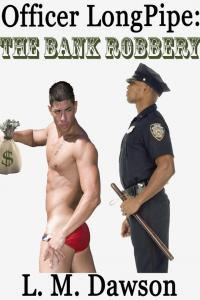
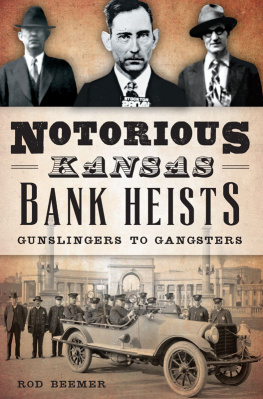

 TM The paper used in this publication meets the minimum requirements of American National Standard for Information Sciences Permanence of Paper for Printed Library Materials, ANSI/NISO Z39.48-1992.
TM The paper used in this publication meets the minimum requirements of American National Standard for Information Sciences Permanence of Paper for Printed Library Materials, ANSI/NISO Z39.48-1992.